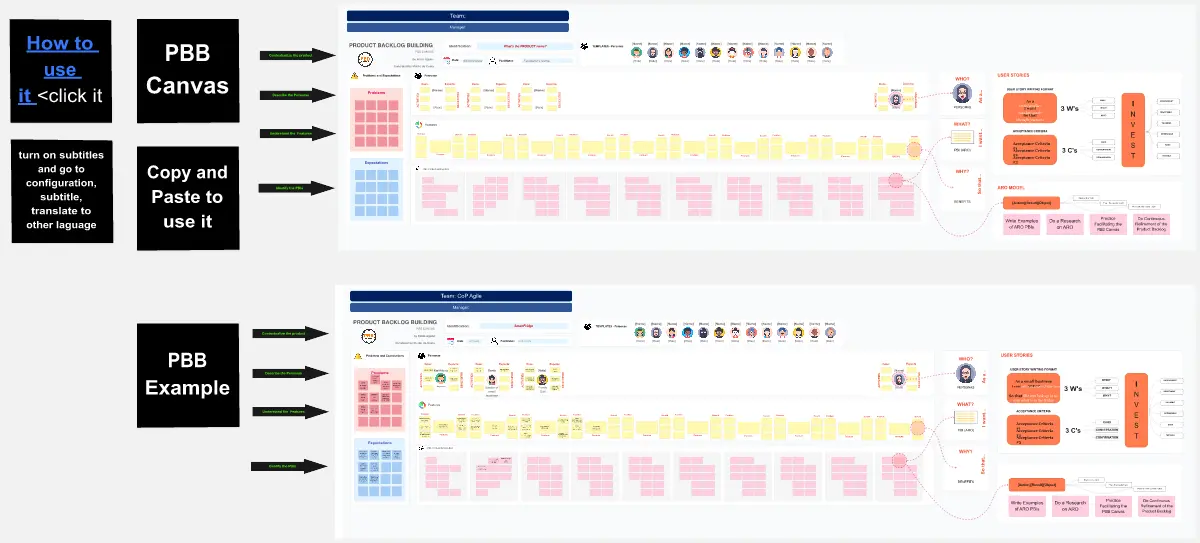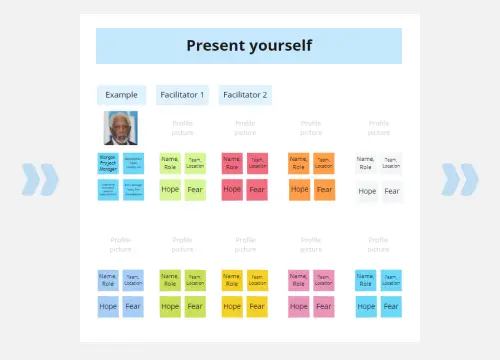Happiness Door
Collective happiness and collaboration come from sharing the good, the bad, and the ugly. That's why at Management 3.0, we're all about asking for timely, specific, and honest feedback.
Some companies place importance on measuring their employees' happiness and often do this by conducting detailed monthly surveys or asking for feedback during the annual performance appraisal. Neither option is successful in getting a pulse on their organization.
So how do we combat this?
The Happiness Door combines team collaboration, employee engagement, and open and honest feedback. Like the Feedback Wall, the Happiness Door is often comprised of Post-It notes with feedback written on them. Like the Happiness Index, it assumes that people can be the best gauge of their happiness levels.
What is the Happiness Door used for?
The Happiness Door should allow people to give feedback quickly. Feedback at the end of a presentation, training session, business meeting, or social interaction.
Where to place the Happiness Door?
In remote ceremonies, it is usually placed at the end of the board/meeting.
Important:
All participants must understand the scale of the Happiness index used on the Happiness Door. If you use numbers, e.g., 1-5, define if 5 stands for good or bad. Alternatively, you can draw your scale by using weather indicators or emojis. Anything goes as long as it is straightforward for everyone in the room.
All feedback shared on the Happiness Door is anonymous yet made public. The idea of the door allows people to post more freely while entering or exiting the room. So you want to think of a place that's easily accessible and catches people's attention, thus inciting them to share their feedback.
How to use the Happiness Door?
There are no complex rules for playing it, so just have fun and get creative. Experiment and learn!
For example, one company we know of takes pictures like cartoons or prints emails from clients and posts them on the door. Think outside the box as much as you can. The aim is to encourage open and honest feedback among your teams.
Watch a video
Categories
Similar templates





